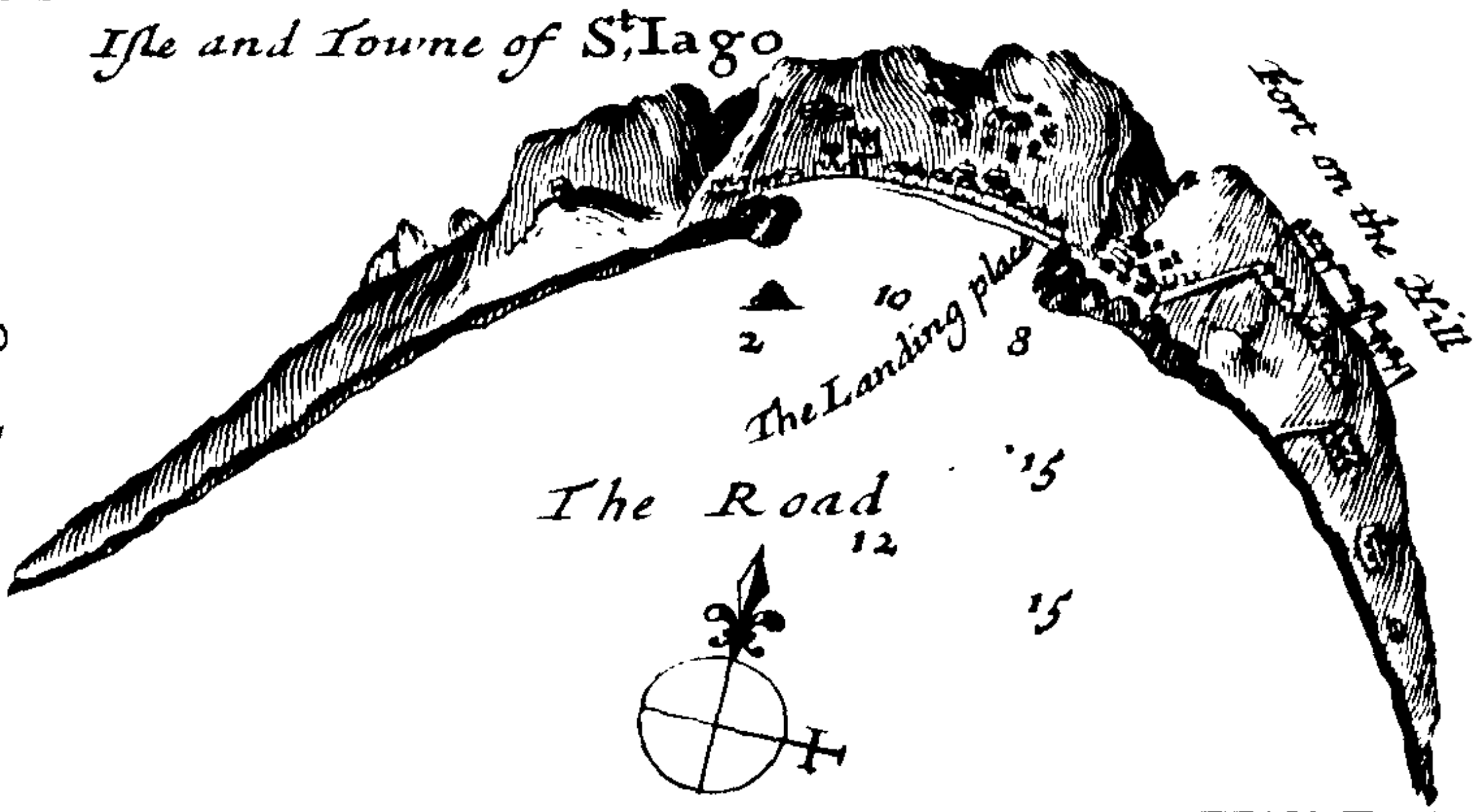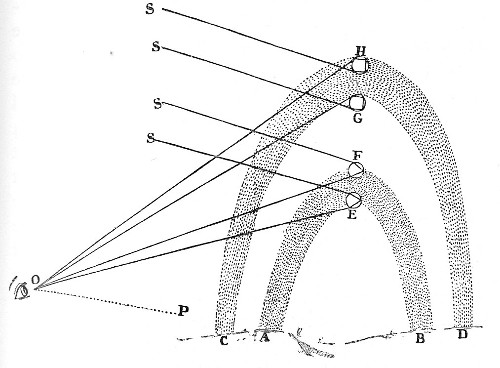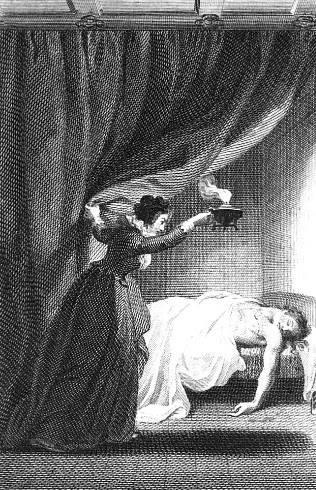Dangers Near and Far
Dangers Near and Far: Virtual Positions in Science, Seafaring, and the Gothic

Dangers Near and Far: Virtual Positions in Science, Seafaring, and the Gothic, my dissertation, connects narrative form and ways of knowing. Turning to British writing from the mid-seventeenth to late-eighteenth centuries, I trace the consolidation of the virtual position, a disembodied, abstracted observer that corresponds to nobody. I track the refinement of this eerie position through an interchange among scientific writing, maritime literature, and terrifying fiction, especially the Gothic. The virtual position became a broadly-applied literary technology because it negotiated the social and material perils of knowing across a dispersed maritime empire, serving especially as a way to represent, inspire, and manage terrors–dangers that hover between the near and the far. I conclude that this major epistemic standard, one central to scientific knowledge, is symbiotic with the terrors accompanying the construction of colonial space, where to know is to terrorize and to be terrified.

Along the way, I consider how the virtual position works alongside other narrative positions, such as the personal or the collective, offering positional readings of authors such as the early Royal Society member Robert Boyle, buccaneer naturalist William Dampier, Royal Navy captain James Cook and his botanist passenger Joseph Banks. I discuss a host of fiction writers and genres, including Daniel Defoe and adventure fiction, Samuel Richardson and sentimentalism, and Ann Radcliffe and the Gothic–the last of which, I argue, most fully embraces the virtual and best expresses the links among terror, science, and colonial power.

While Dangers has implications for narratology, geography, and legal history, my main concern is how position can help us see science’s symbiosis with empire and the consequences for our collective endangerment. As such, I end by considering what kinds of alternative positions are available to imagine how they would inform a decolonial science.
Images from William Dampier, A Voyage to New Holland; Isaac Newton, Opticks; and Ann Radcliffe, The Mysteries of Udolpho (1806 edition)